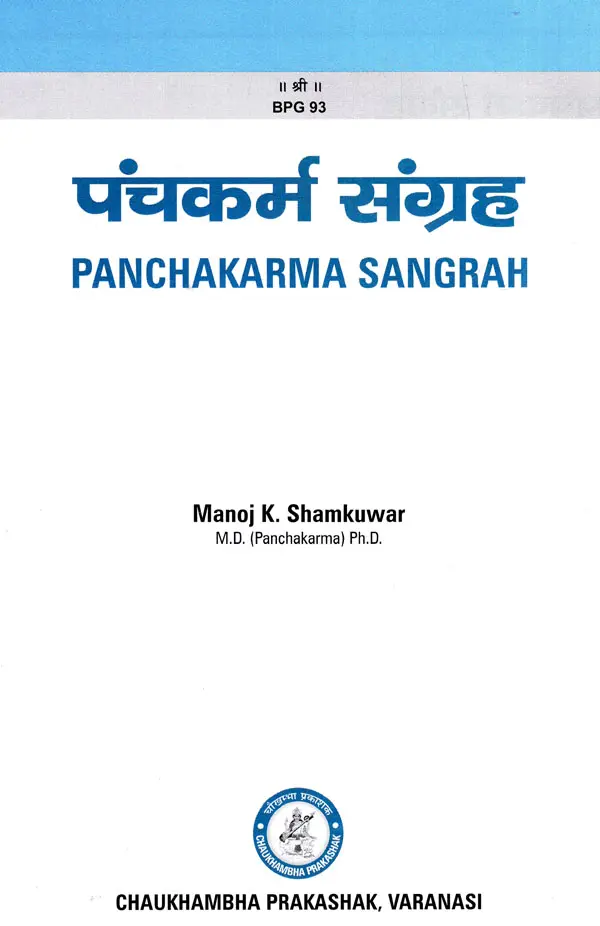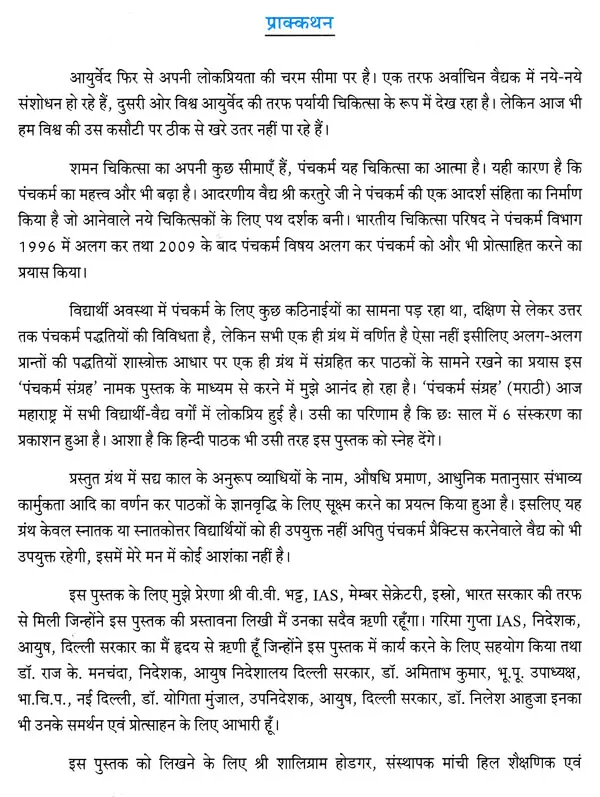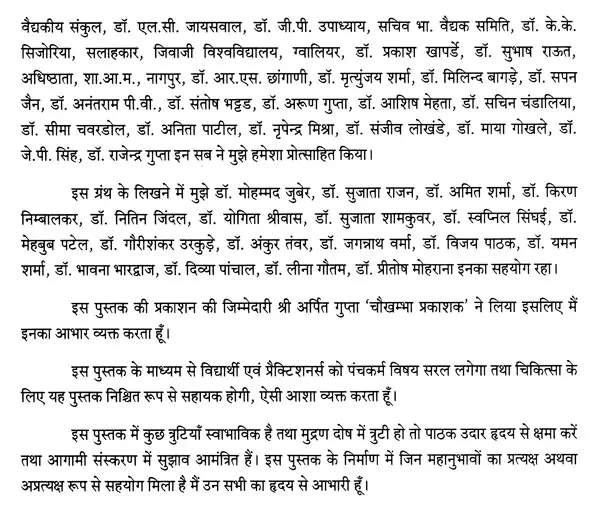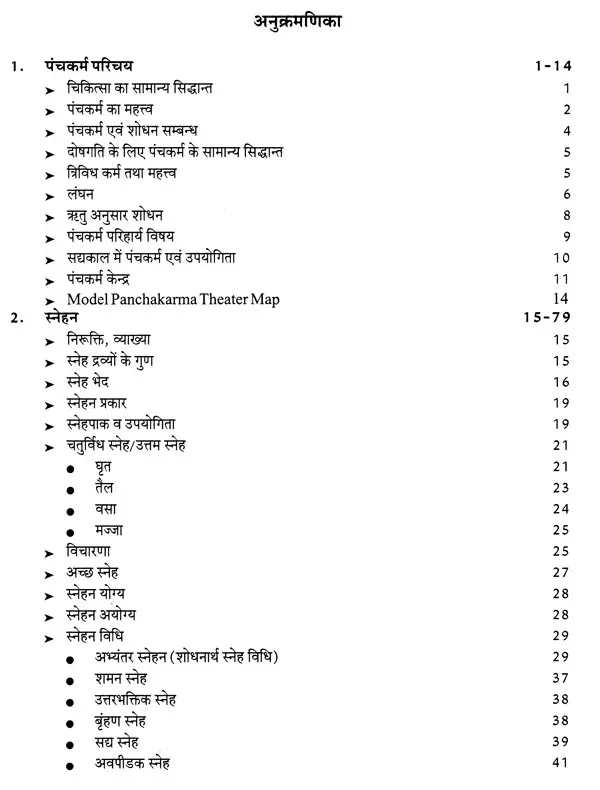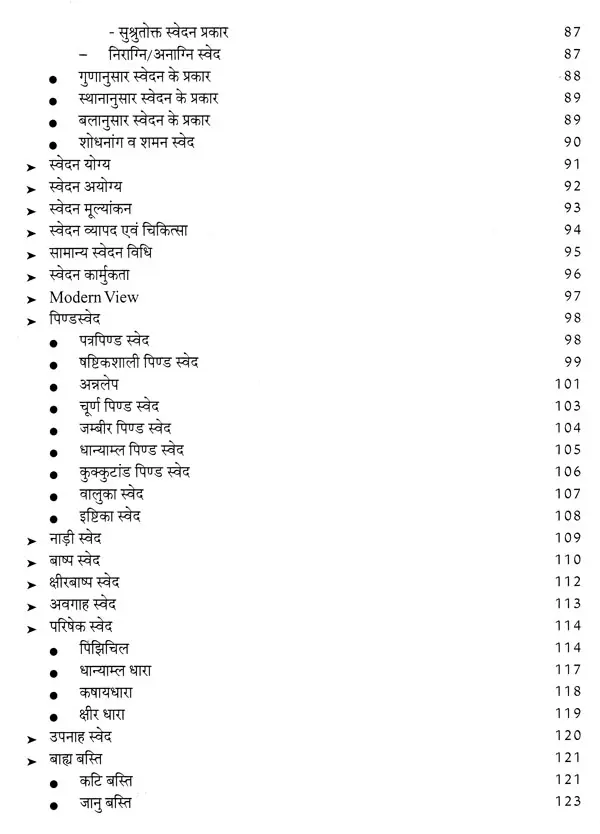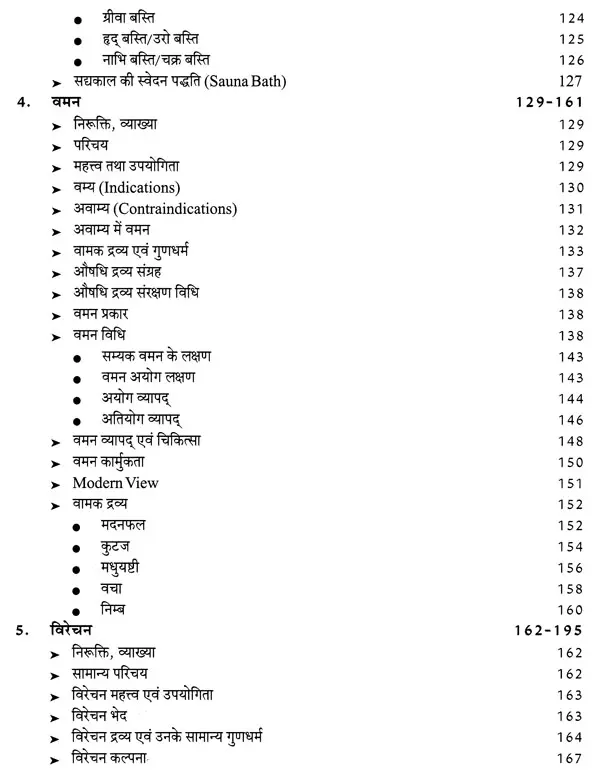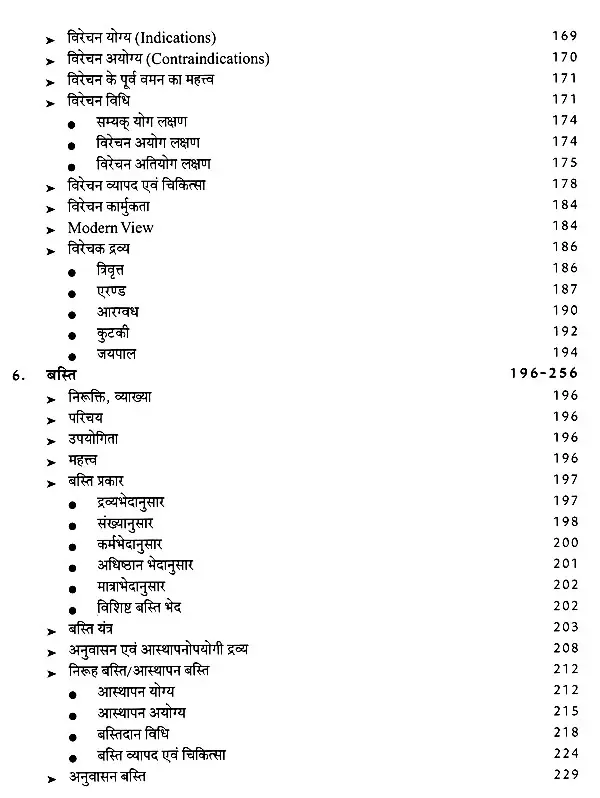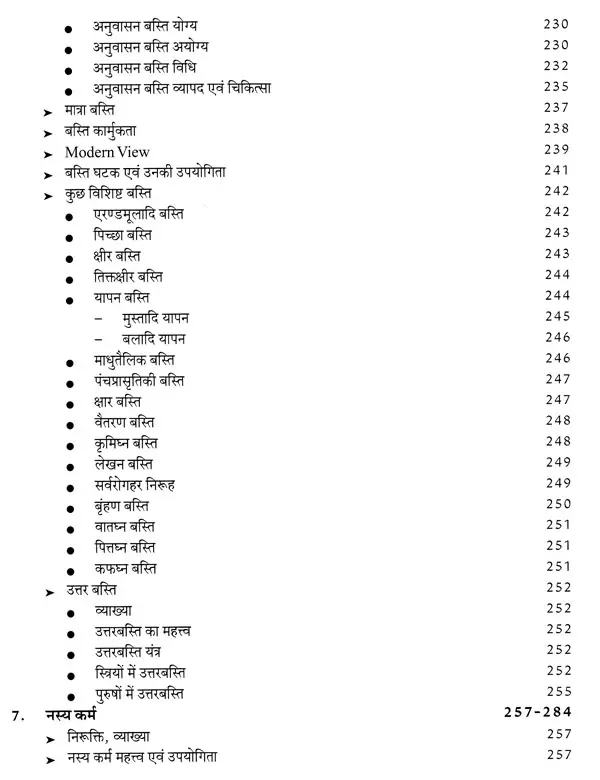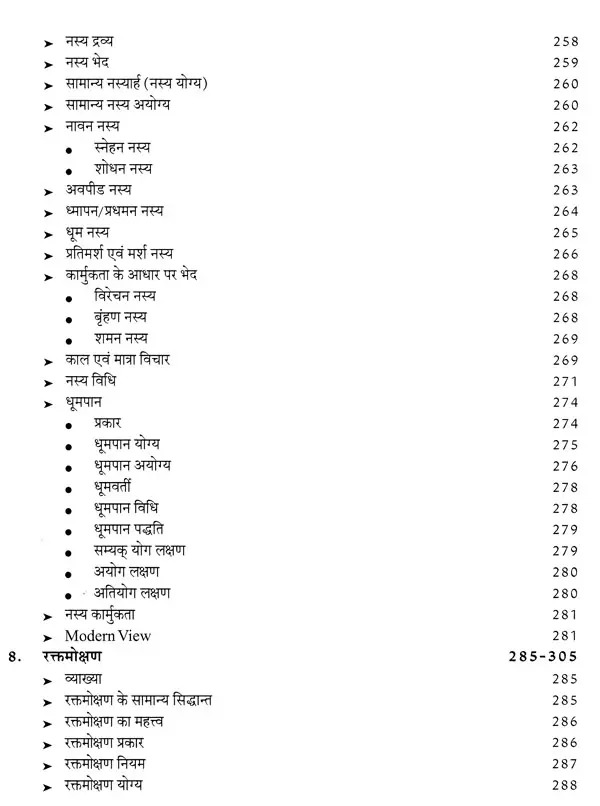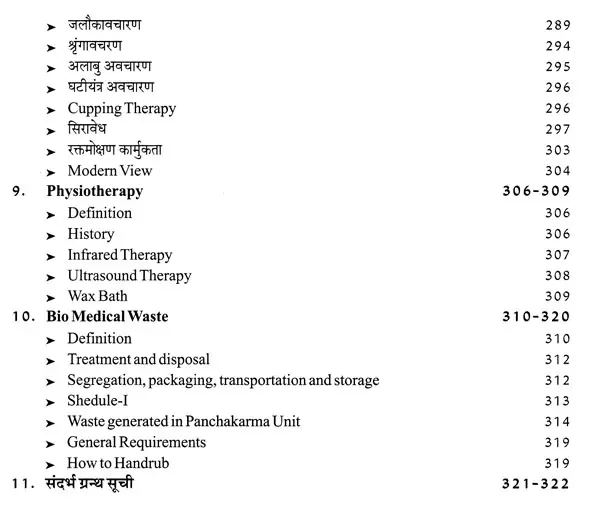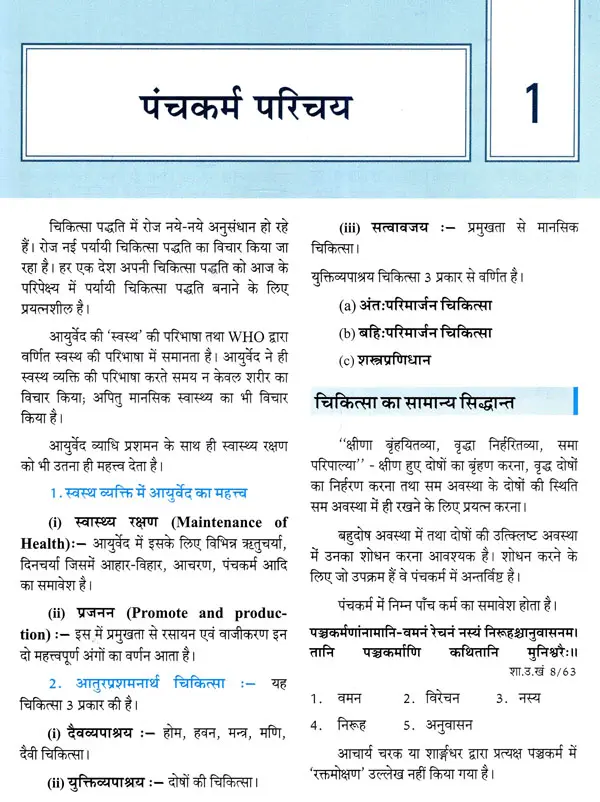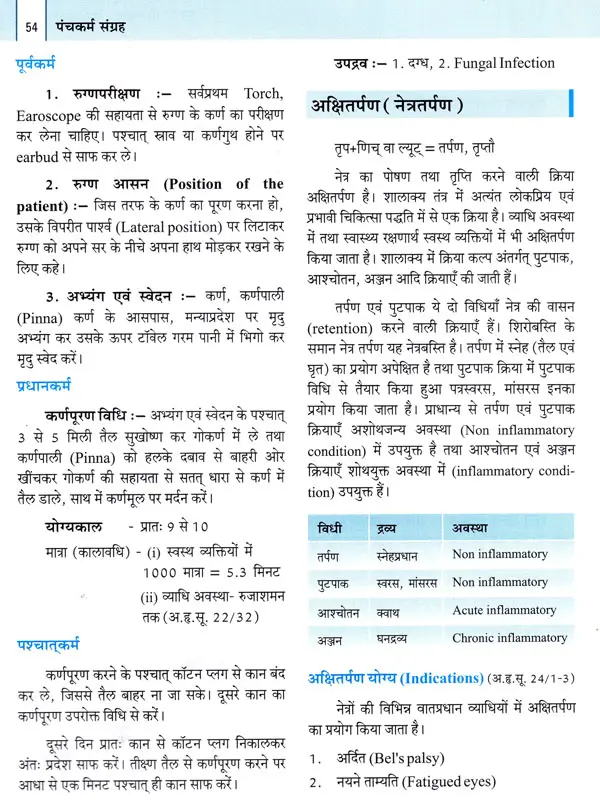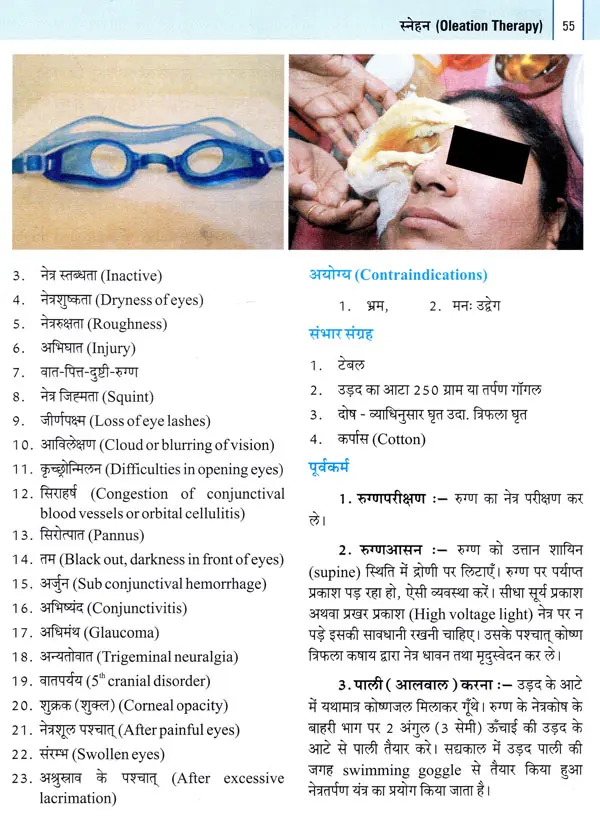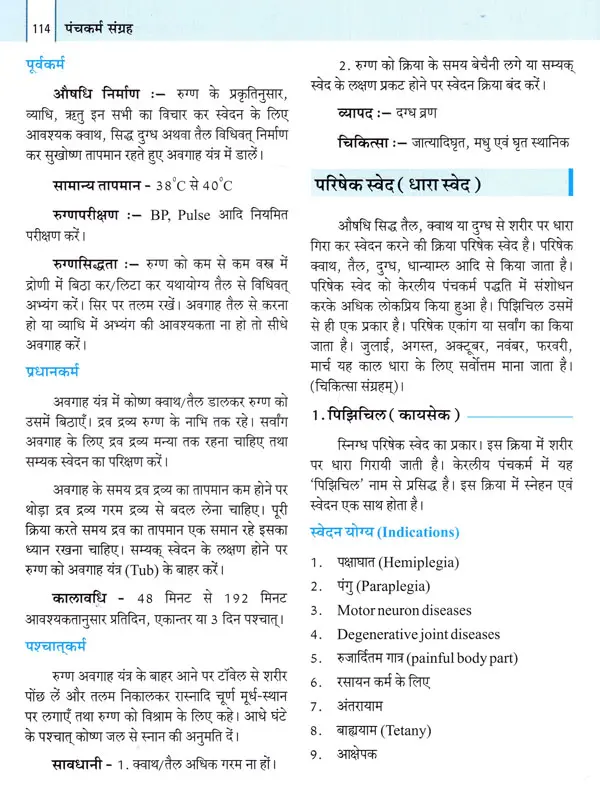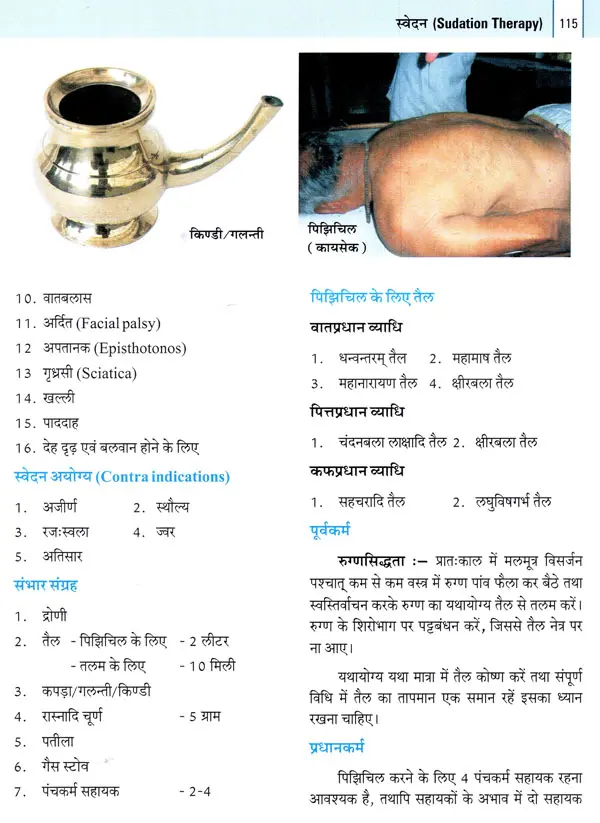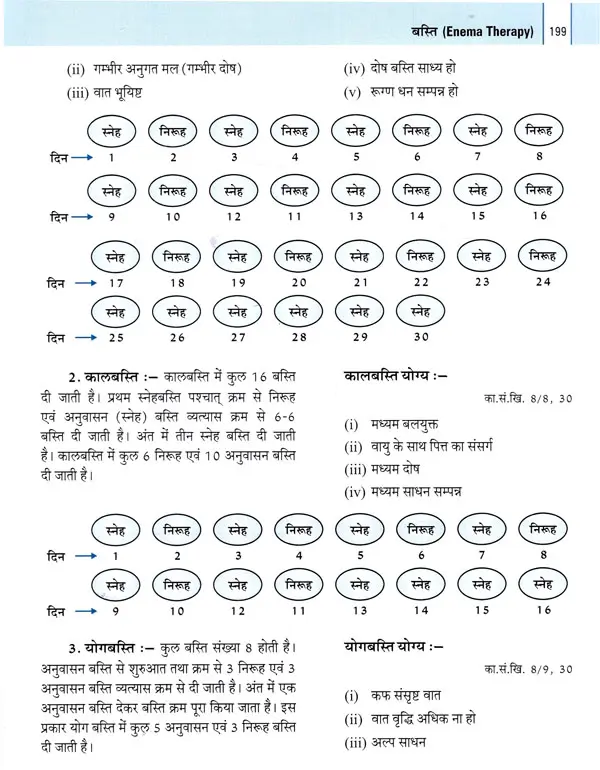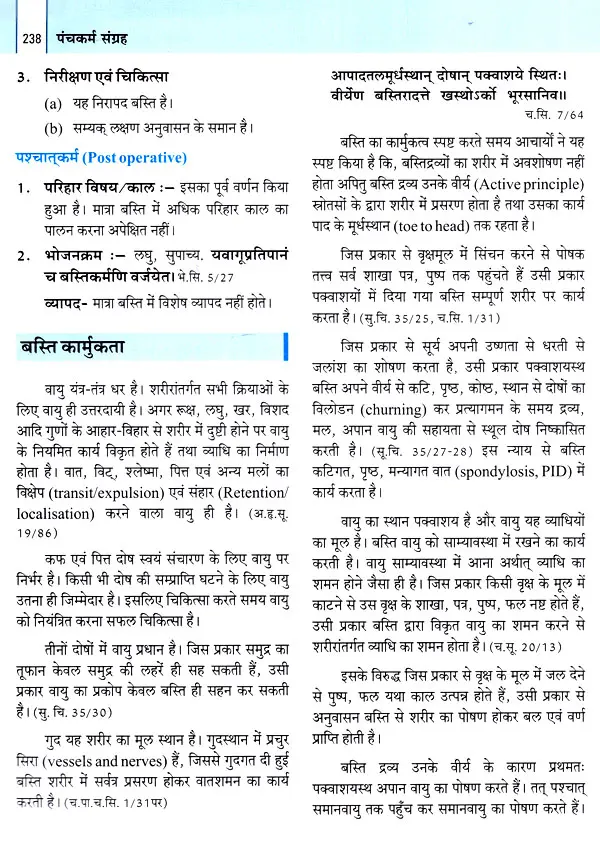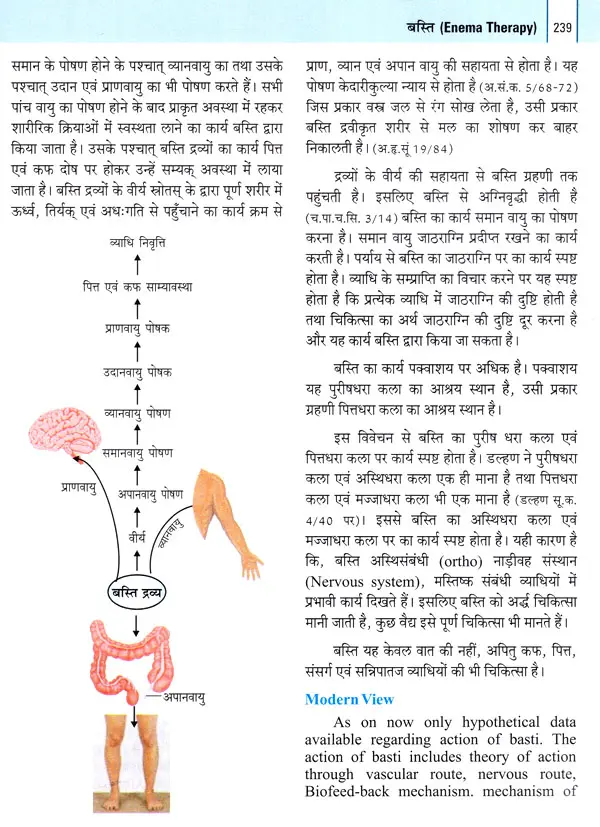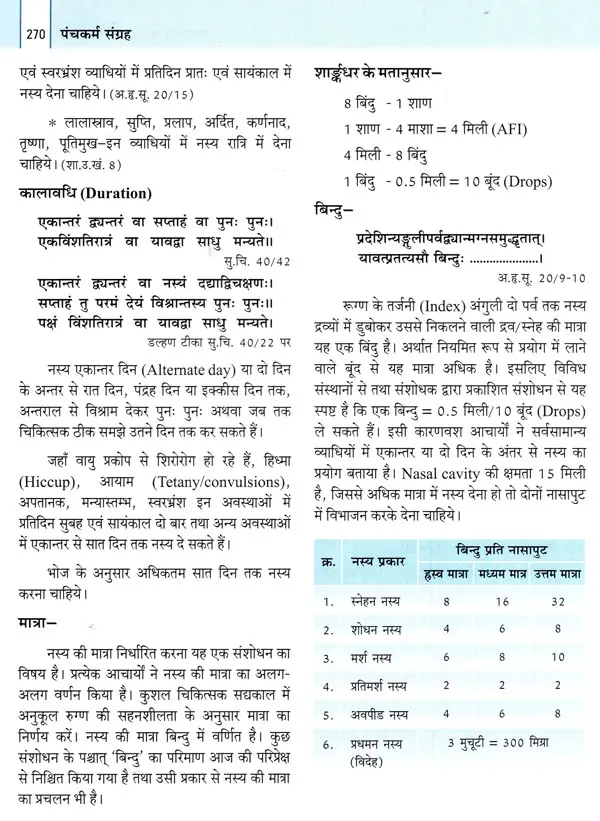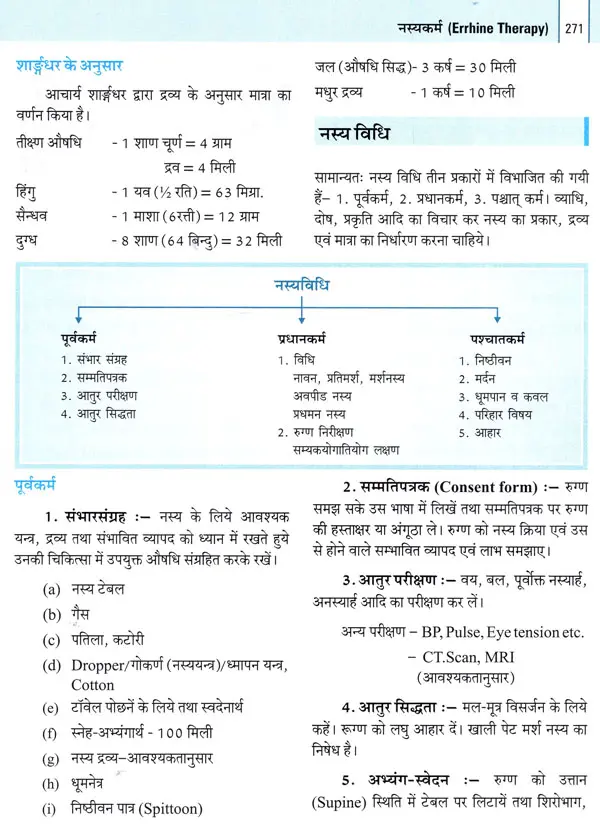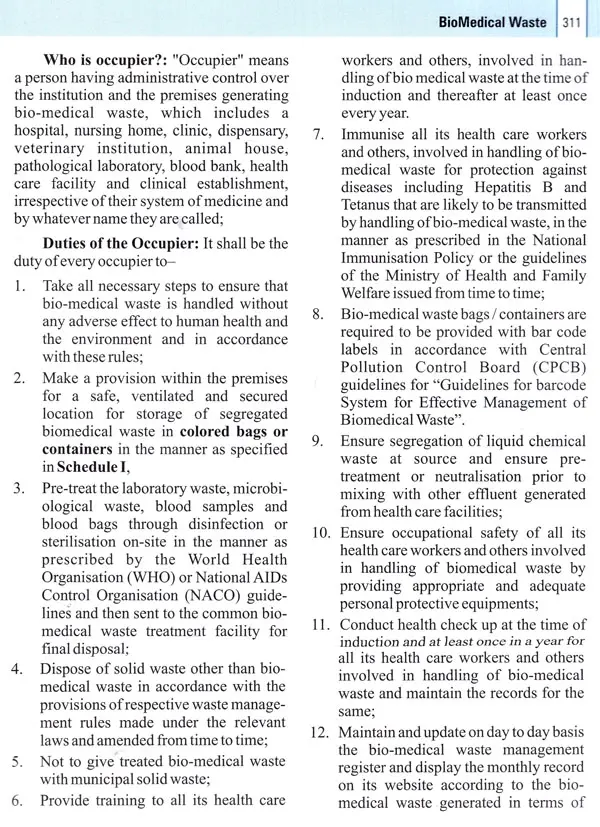
पंचकर्म संग्रह- Panchakarma Samgraha
Book Specification
| Item Code: | UAQ466 |
| Author: | Manoj K. Shamkuwar |
| Publisher: | Chaukhambha Prakashak, Varanasi |
| Language: | Hindi and English |
| Edition: | 2022 |
| ISBN: | 9789393068002 |
| Pages: | 336 (Throughout Color Illustrations) |
| Cover: | PAPERBACK |
| Other Details | 9.50 X 7.50 inch |
| Weight | 540 gm |
Book Description
This book is a complete guide not only for undergraduate and post graduate students of Ayurveda but also for the practitioner of Panchakarma. This book covers the entire topic as prescribed by the National Commission For Indian System of Medicine, New Delhi in the syllabus of BAMS and MD.
Author has incorporated the practical knowledge of Panchakarma in accordance to the classics as well as personal experiences. All the classical references are given in the running text to make the reading easy. Author has used modern terminology wherever deemed essential along with the modern views. Author has introduced some topics like Biomedical Waste which are relevant in modern days practice.
Manoj K. Shamkuwar has completed his BAMS in 1997 and MD (Panchakarma) in 2000 from Shri Ayurved Mahavidyalaya, Nagpur. He was associated with Ashvin Rural Ayurved College, Manchi Hill till 2008 as Associate Professor, He has been selected through UPSC in 2008 as Assistant Professor in A&U Tibbia College and Hospital, Govt. of NCT of Delhi. He has also been selected through MPSC in 2012 in Government Ayurvedic College, Nagpur, Govt. of Maharashtra as Associate Professor. Manoj K. Shamkuwar is presently working as Medical Superintendent & HOD, Post Graduate Department of Panchakarma, A&U Tibbia College and Hospital, Karol Bagh, New Delhi. Manoj K. Shamkuwar has authored 4 books on the subject of "Panchakarma. He is an executive editor of International Journal of Panchakarma and Ayurveda Medicine and also member of editorial Board of many international journals of Ayurveda. He has published number of research papers in Peer reviewed journals and he has been invited as guest speaker, resource person in seminars, workshops and CMEs. He was engaged as a investigator in the Projects of EMR/IMR sponsored by Ministry of Ayush, Govt. of India. Manoj Shamkwar has been honored as "Katavya Daksha Doctor by All India Human Rights Association, New Delhi in 2007.
In 2008 when was seriously affected by Vertigo ("Bhram"), in accordance with the advice of Dr. Manoj, I underwent a month's course of Panchkarma in Tibbia College and Hospital, Delhi. For the next two years I was free of vertigo problem. Two years later when visited Potdar College of Ayurveda in Mumbai came to know that they had kept clinical records of about 20 patients who had been treated through Panchakarma for their vertigo problem. It had given very good results. This was under a project of Government of India for evaluation of those treatments in Ayurveda for chronic problems which did not have proven medicines in Allopathy. Panchakarma is an effective treatment to vertigo affected people, perhaps by strengthening the neurological system, particularly through "shirodhara".
The importance of clinical trials and evidence based methods to prove the benefits of Ayurveda is much more than pharmacological and molecular studies of modern medicine, since Ayurvedic medicines are not normally amenable to such methodologies therefore I suggest that all Ayurvedic hospitals and practitioners should maintain systemic records of treatment so that such data can be used for research and proof of the effectiveness of Ayurvedic medicines and methods. I hope Dr Manoj will be motivating a generation of students and scholars of Ayurveda to maintain such data so as to create worldwide acceptance of this glorious tradition and system of Indian Medicine.
There are new techniques and diagnostic systems of modern medicine, which can be used for validating many aspects of Indian holistic systems like yoga. Pranayama, food, metabolism, etc. A measurement of the low level of sound generated by heart muscles which producing electrical impulses found that the heart muscles will be in a relaxed and stable level after yoga as well as Pranayama. Such findings have been reported through electro- physiological measurements through Electrocardiogram (ECG) also. However the above study made in Indira Gandhi Centre for Atomic Research Kalpakkaru in 2012 had the unique advantage of measuring without touching the human body through Magneto-electro cardiogram (MEG). This validation of the benefits of yoga and Pranayama by applying the modern systems of diagnosis is an example for the potential of such systems to measure or evaluate the holistic benefits of Indian systems. Thermal imaging for analysis of varicose veins and sinus problems, and Magneto encephalography are techniques which can be made use of for different studies in Ayurveda also.
Book's Contents and Sample Pages
